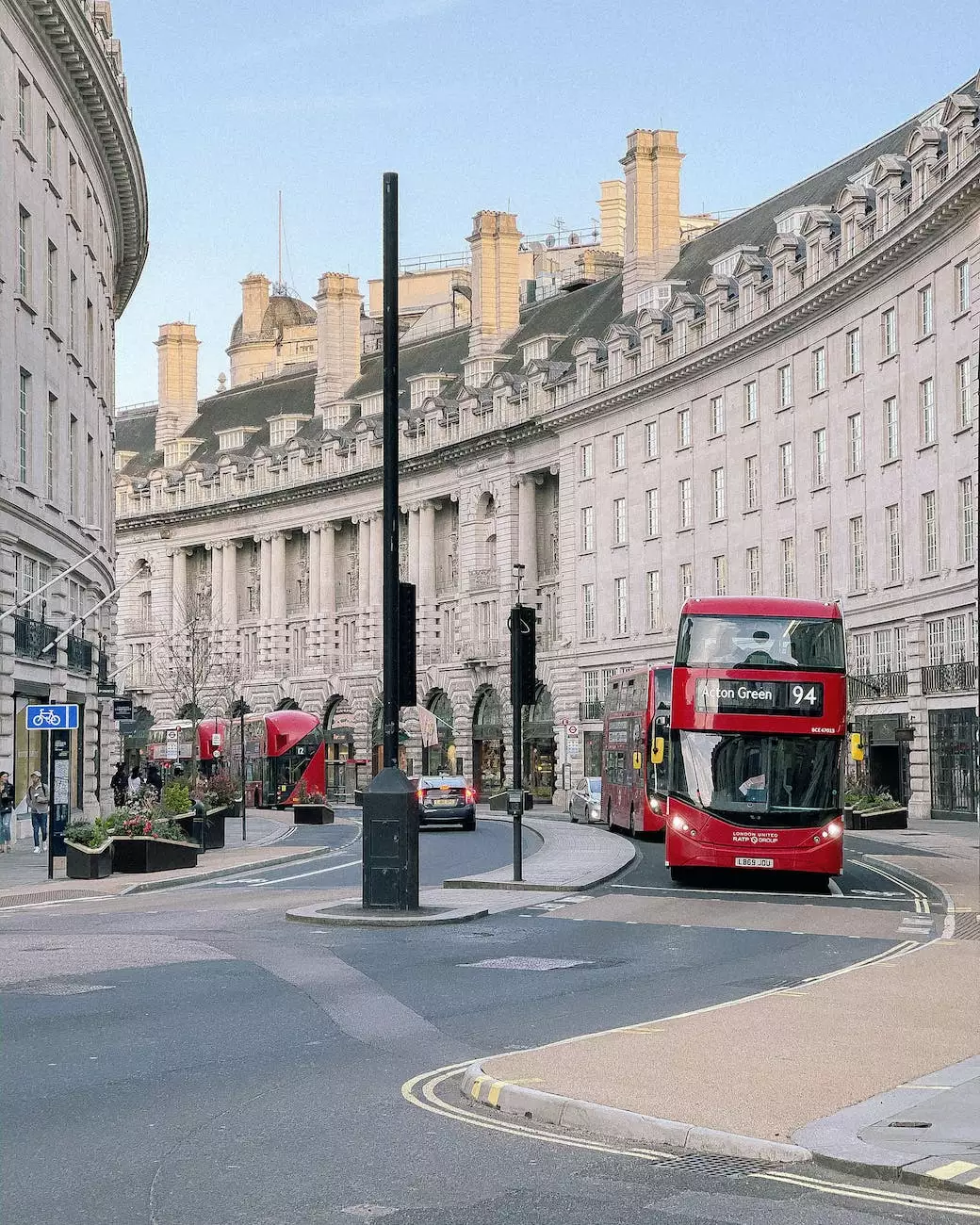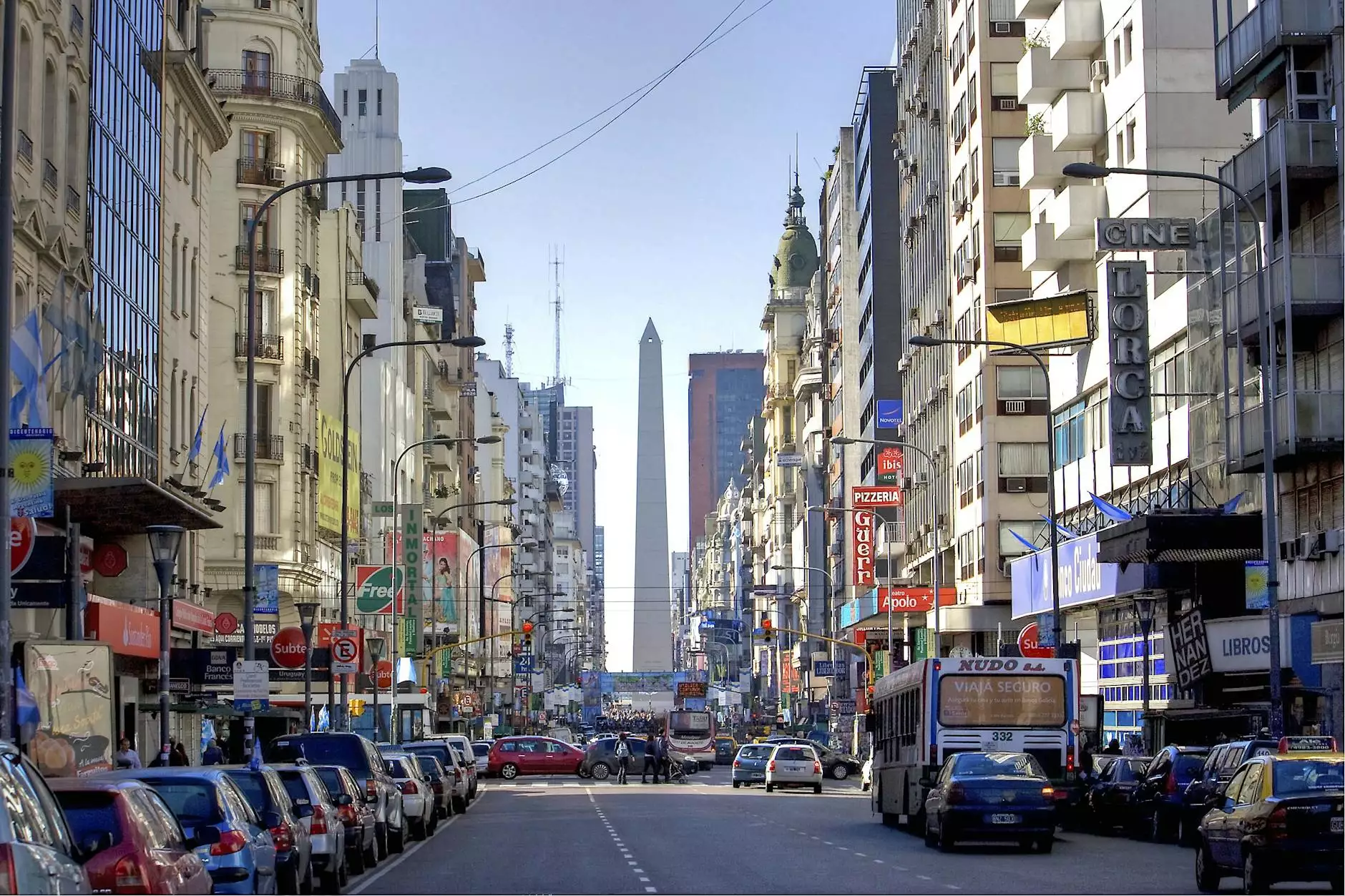How Did It All Start? Public Bus Transportation's History
History
The Origins of Public Bus Transportation
Public bus transportation has a rich history that dates back centuries. It all began with the invention of the horse-drawn omnibus in the early 19th century. These early forms of public transportation provided an affordable and convenient alternative to private carriages.
As urbanization increased and cities grew larger, the need for a more efficient and organized transportation system became apparent. This led to the development of the first motorized public buses in the late 19th century, which replaced the horse-drawn carriages.
Evolution and Milestones
Throughout the 20th century, public bus transportation underwent significant advancements and milestones. The introduction of electric trolleybuses and motor buses with internal combustion engines revolutionized the industry.
One of the noteworthy milestones in the history of public bus transportation was the introduction of the first fully automatic transmission buses in the mid-20th century. This innovation made driving and operating buses easier and more efficient.
Another significant advancement was the development of articulated buses, which are buses with a bending joint that allows for greater passenger capacity and maneuverability. These buses became popular in cities with high passenger demand.
The introduction of hybrid and electric buses in recent years marked a major step forward in sustainable transportation. These buses use alternative fuels and produce fewer emissions, contributing to a greener and more environmentally friendly public transportation system.
The Impact of Public Bus Transportation
Public bus transportation plays a crucial role in the travel and tourism industry, offering a convenient and affordable way for both locals and tourists to explore cities and reach their destinations. It provides a reliable mode of transportation that reduces congestion on roads, contributes to a cleaner environment, and promotes accessibility.
In urban areas, public bus transportation systems connect neighborhoods and communities, facilitating the movement of residents and workers. They also play a vital role in reducing the reliance on private vehicles, helping to alleviate traffic congestion and parking challenges.
Public bus transportation has also become an integral part of intercity travel, offering long-distance bus services between cities and towns. These services provide an affordable alternative to air or train travel, especially for budget-conscious travelers.
The Future of Public Bus Transportation
The future of public bus transportation promises even more exciting advancements. With the rise of smart technology and the Internet of Things (IoT), buses are becoming more intelligent and connected.
Integrated ticketing systems, real-time tracking, and advanced route planning tools are just a few examples of how technology is enhancing the efficiency and convenience of public bus transportation. These innovations make it easier for passengers to navigate the bus network, reducing waiting times and improving the overall travel experience.
Furthermore, the development of autonomous buses has the potential to revolutionize the industry. Self-driving buses can increase safety, reduce human error, and optimize fuel efficiency, making public transportation even more sustainable and reliable.
In Conclusion
Public bus transportation has come a long way since its humble beginnings. From horse-drawn carriages to electric buses and autonomous vehicles, it has continuously evolved to meet the needs of communities and travelers worldwide. Its contribution to the travel and tourism industry is undeniable, providing an essential mode of transportation that connects people and places.




